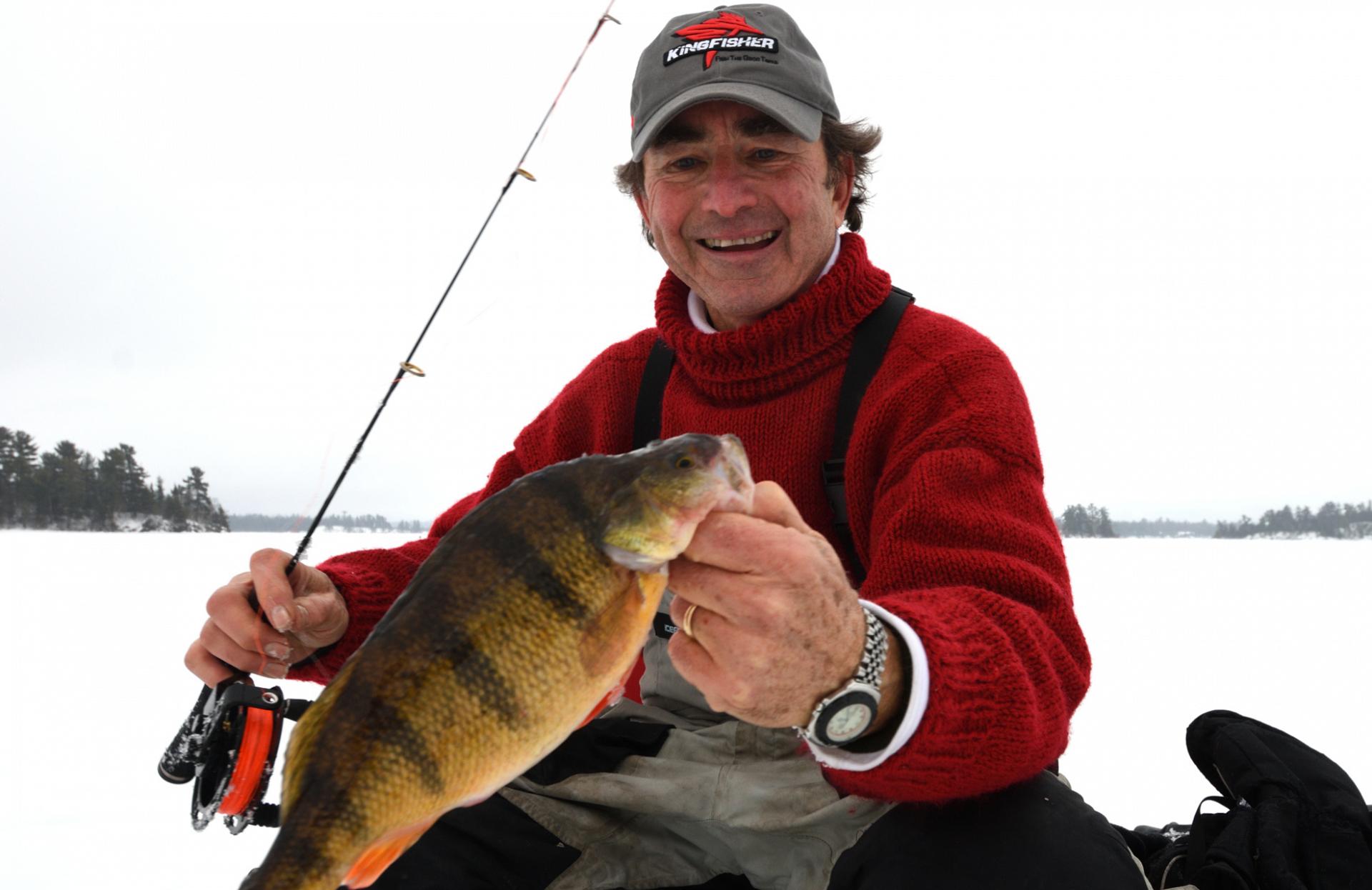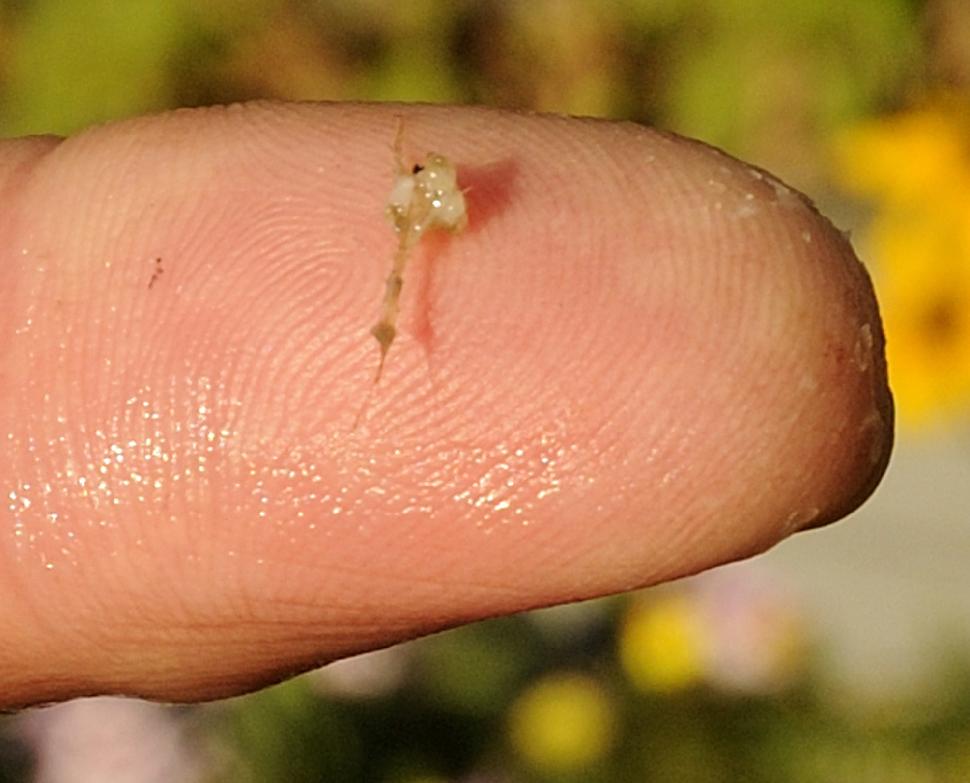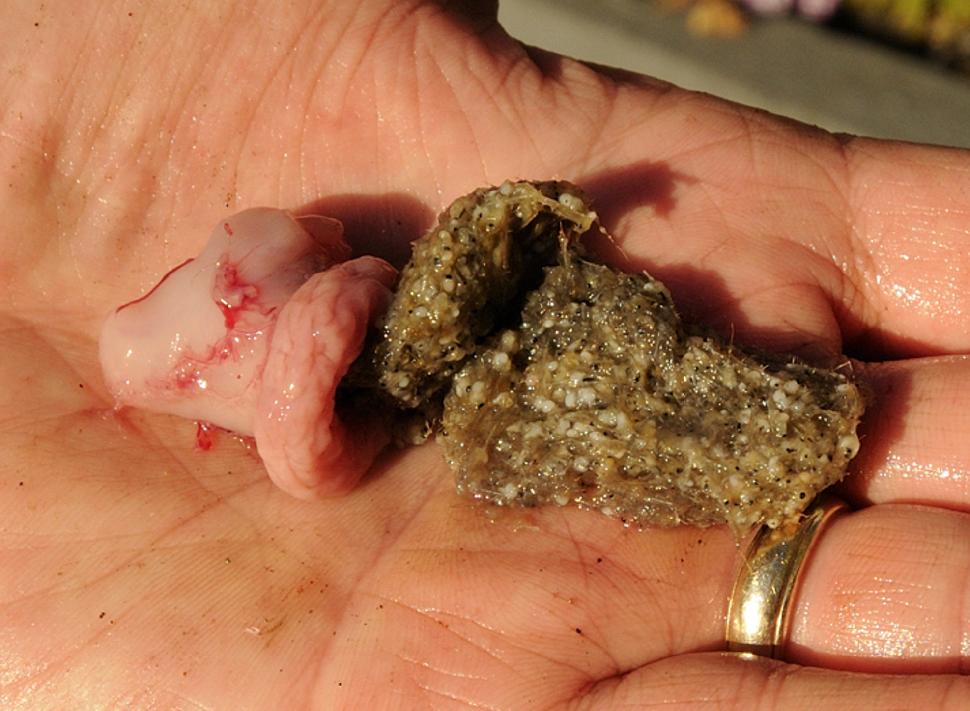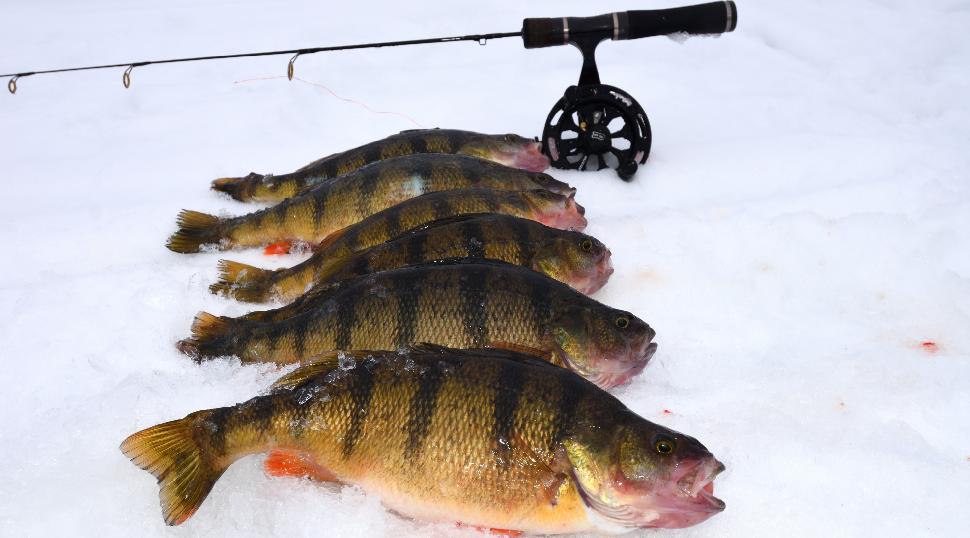Icing spiny water flea perch
Spiny water fleas have invaded my home waters of Lake of the Woods. Here's how they've impacted yellow perch
Advertisement
A year or so ago, I wrote one of my On the Water Online blogs about how spiny water fleas have invaded my home waters of Lake of the Woods and how they have impacted and changed the habits of certain species of fish—specifically yellow perch.
You can read the blog in its entirely HERE, but in essence, the fleas—as they have done in a great many other waters across the country—have drastically changed the way we now fish for yellow perch.
Advertisement
It is because young-of-the-year perch, as well as walleye, bass and most other species, can’t eat the invaders, owing to the sharp spine on the planktonic crustacean, that is three-quarters the length of its tail. It contains as many as four pairs of sharp rose-like thorns that stick in the throat of any fish that attempts to eat it.
Not surprisingly, we’ve noticed a sharp decline in yellow perch numbers of late, but at the same time, adult perch have grown into elephantine proportions.
Advertisement
I am talking about 13-, 14- and 15-inch jumbo yellow perch being common. It seems that once the perch get big enough, they turn the table on the fleas and devour them.
In the open water season, the key to enjoying some phenomenal yellow perch fishing is as simple as motoring around the lake and locating a ball of suspended water fleas using your sonar and then fishing around it. I should mention, too, that the closer the ball of fleas is to the bottom of the lake (they look like a cloud of bait on your sonar screen), the better the perch fishing. And when you clean the perch, you typically can’t hold all of the fleas from one fish’s stomach in the palm of your hand.
Advertisement
Which brings us to the current winter ice fishing season. Are the perch behaving the same way?
While I am no expert on spiny water flea biology, it appears that the perch are not feasting on the stick-in-your-throat invaders to the same extent as in the open water season. I suspect, it is because the fleas tend to continue suspending in the water column, while the frigid water perch prefer to lie low.
Or it could be a case that in the winter time, jumbo yellow perch simply prefer to dine on what they enjoy eating most—minnows—rather than the more plentiful fleas.
Whatever the reason, we’ve been catching the heck out of the big jumbo perch of late, by snipping up salted emerald shiners and skewering them onto 1/8- and 1/4-ounce chartreuse and orange coloured ReelBait Flasher jigs. It is a trick I learned from buddy and Lake Erie perch fanatic Jimmy Valeriote.
Jimmy has kept extensive notes on his catches over the years and he believes that yellow perch rely on their sense of smell much more than most anglers realize. As a result, he cuts his shiners in half so the perch can smell the blood trail like sharks and follow it to his hook.
Jimmy has also noted that the more anglers he has fishing this way in the boat, the better the bite, as the “chum slick” is much more pronounced.
If our success of late is any indication, I think the same thing applies in the winter. Give it a try and I think you will be pleasantly pleased with the results.




